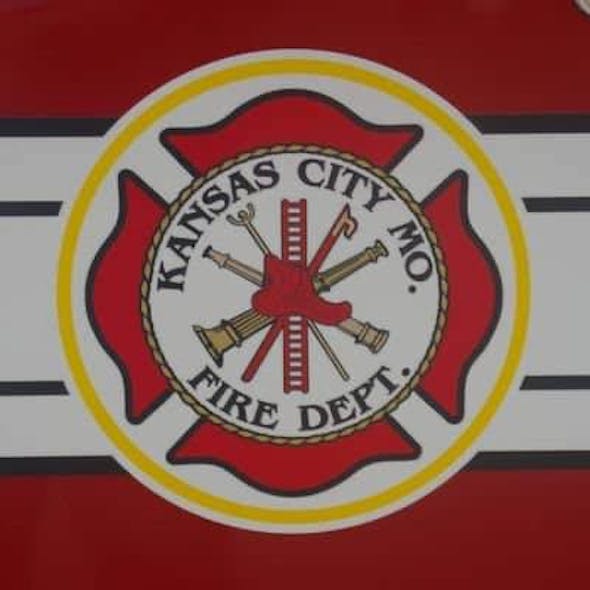Feb. 9, 2023 Kansas City firefighters don’t feel comfortable speaking up because of a culture of bullying, intimidation and fear of retaliation.
By Glenn E. Rice, Mike Hendricks Source The Kansas City Star (TNS) Distributed by Tribune Content Agency, LLC.

Kansas City firefighters said they have been grabbed in sexually inappropriate ways and subjected to racial slurs in the city’s fire stations, according to a Kansas City Council report released Wednesday.
The report, ordered by the city after a 2020 investigation by The Star that found Black firefighters and women faced discrimination in the Kansas City Fire Department, also said firefighters were more careless about damaging homes in poorer neighborhoods and celebrated dangerous driving that caused crashes.
The 163-page KCFD Cultural Assessment was produced by a third-party consultant, Debra J. Jarvis Associates Consulting & Training LLC, after a yearlong review that the authors said included 231 KCFD employees from different ranks and positions. The names and identities of the participants were not included in the report.
Firefighters said they do not feel comfortable speaking up about problems because of a culture of bullying, intimidation and fear of retaliation in the department, according to the report.
“Many employees feel that their voices have not been heard and their interests not understood, promoted, or defended,” the report’s executive summary said.
Among the other key findings:
Firefighters treated fire scenes in low-income area different from those located in more affluent Kansas City neighborhoods. Fire crews will tear up houses more than necessary in poorer areas, while firefighters put plastic over couches and may not chop a hole in the roof while battling fires in more expensive homes.
Erratic driving that results in wrecks is commemorated in fire stations with plagues or mounted pieces of wreckage.
The report said it was commonplace for firefighters to tell inappropriate jokes and make slurs about a colleagues’ race, gender or sexual orientation.
Black firefighters are hesitant to speak up about problems for fear of being labeled an “angry Black man.”
Several fire stations do not have separate locker rooms and showers for women. Women firefighters reported being walked in on when using makeshift facilities.
Respondents said they would not want their family members to work at KCFD due to negative comments made about women.
Women members of the department felt they would be ostracized and their career advancement blocked if they filed harassment charges.
Fire Department leadership did not address firefighters who sent disrespectful, unprofessional emails to KCFD civilian employees.
Firefighters said they are forced to eat their meals fast and physically wrestle over who has to clean up the kitchen.
Sherae Honeycutt, a spokeswoman for the city, declined to comment on the report’s findings Wednesday.
KCFD Cultural Assessment Report by Ian Cummings on Scribd
Union concerns
Participants in the study complained that the two firefighter unions had too much power and influence in how the department operates.
Union members dominate the joint labor management committee that makes many of the department’s decisions.
International Association of Fire Fighters Local 42 represents most department personnel at or below the rank of captain. Local 3808 represents battalion chiefs and division chiefs.
According to the report: “The over-arching perceptions and opinions of KCFD participants in this culture study are that the two IAFF Unions prevent KCFD Management from holding personnel accountable for compliance with policies and practices because they have more power and influence in daily operations practices, as well as City politics that KCFD Management.”
Many employees who participated in discussion groups for the study cried or were distraught in relaying accounts of how they had been ostracized or ridiculed for not supporting union positions on certain matters or raised concerns about unsafe practices or harassment related to race or gender.
“When there is an imbalance between Union and Management power and influence, the community and the employees suffer,” the report said.
“The perception of study participants is that the IAFF Unions run the Fire Department, not Management. While Management is responsible by law, they do not have the authority to manage basic organizational systems, such as as hiring, training promotions, personnel assignments, and operational staffing because the Union CBAs prohibits such control.”
Safety concerns
Study participants said that safety is not a department priority.
Only about half of firefighters wear their air masks, known as self-contained breathing apparatus, at times when everyone should have them on. Seat belts aren’t always worn on the way to and from emergency calls.
The report said one result of the labor management imbalance is that the department still staffs fire stations as if fire suppression is the main priority, when in fact emergency calls are now the dominant service need.
Rescue squads are sometimes taken out of service in order to staff fire apparatus.
“Traditional staffing models have continued to prioritize staffing fire suppression vehicles over medical vehicles,” the report said.
The report released Wednesday makes a number of recommendations for correcting the department’s deficiencies. Among them is convincing the unions to engage in “meaningful, sustained, organizational culture transformation.”
That would mean management and labor examining the effectiveness of the labor-management agreement that was jointly adopted in 2001 and which many study participants identified as as one of the department’s core problems.
Clay Calvin, president of IAFF Local 3808, which represents the department’s battalion and division chiefs, said he had not read the entire report and declined to comment.
Local 42’s president, Dan Heizman, did not immediately respond to requests for comment.
